Poker was all the rage across Scotland in the early 19th Century, especially among the upper echelons of society.
And in Cupar, the stakes couldn’t have been higher.
Cupar mercat cross, a monument dating back to 1683, had replaced an even older cross that marked the town’s royal burgh status, granted in 1363 by King David II.
Standing proudly near the town’s now demolished tolbooth – home to a debtor’s prison, a public steelyard, and a jail – the mercat cross had witnessed centuries of Cupar’s bustling market life.
But in 1810, a dramatic twist of fate loomed.
How was Cupar’s mercat cross lost in a poker game?
John Ferguson, Cupar’s ambitious provost, had big plans to reshape the town’s streetscape.
His proposal? Demolish the historic tolbooth and Balgarvie House (which he owned) to make way for a grand new thoroughfare – St Catherine Street.
In this grand vision, the mercat cross was destined for demolition.
One fateful evening, he found himself at the card table with none other than William Wemyss of Wemyss, a fellow player with an eye for high stakes.
The game took a turn when the mercat cross itself was put on the line.
With the stakes raised to a monumental level, Ferguson, the provost, lost the wager.
The cross – specifically its iconic shaft and unicorn knop – was now Wemyss’s prize.
And so, in 1812, the spoils of victory were transported to the summit of Wemyss Hill (Tarvit Hill three miles south of Cupar), where they remained for nearly 90 years, standing as an unlikely monument to a card game gone awry.
It wasn’t until 1897, during the Diamond Jubilee celebrations of Queen Victoria, that the cross was restored to its rightful place near its original location, at the bustling junction of Bonnygate, Crossgate, and St Catherine Street.
Why illustrate mercat crosses with meerkats?
Mercat crosses are a distinctive feature of Scotland’s towns and cities – those freestanding pillars, often with a platform, that serve as silent witnesses to centuries of history.
Yet, despite their significance, these structures are often overlooked in favour of more famous landmarks.
Now, thanks to The Meerkat Crosses of Scotland, a new book by Cupar-based Charles Bradbury and Angus-raised Henry Steuart Fothringham, the humble mercat cross is getting its due recognition – with a twist.
The book, which takes a lighthearted yet informative approach to these iconic monuments, brings together history, architecture, and a touch of humour.
Illustrated with quirky cartoon meerkats – the kind of animated characters familiar to anyone who’s seen an insurance advert – the book offers readers a new way to engage with Scottish history.
It’s a combination of education and fun, with each mercat cross represented by a caricature of the dignitaries and figures of the past, reimagined as meerkats in a distinctly Scottish setting.
Mr Bradbury, 82, an industrial chemist turned historical author, is no stranger to the world of Scottish heritage.
His previous works have covered everything from his own family history to the legacy of industrialist and philanthropist Andrew Carnegie.
But his latest venture into Scottish architecture – particularly the mercat crosses – was inspired by a humorous moment while his editor was recovering from surgery.
Where did the idea come from?
“The whole idea came from a cartoon in our previous book The Incorporated Trades of Edinburgh, which showed the Edinburgh mercat cross with dignitaries depicted as meerkats,” Mr Bradbury explains.
“When Henry Fothringham was recovering from a general anaesthetic at Perth Royal Infirmary, he came up with the idea of extending that concept to mercat crosses all over Scotland.”
Mercat crosses were introduced during medieval times as gathering points for public proclamations, markets, and even punishment.
They were the social hubs of their day – the place where news would be shared, contracts made, and sometimes offenders publicly punished.
But, as Mr Bradbury points out, the word “mercat” is a misnomer; it’s derived from the Dutch word “meerkat”, which itself came from the Afrikaans word for the mongoose.
“The term ‘mercat’ comes from the old Dutch word for ‘market’, so in a sense, the meerkat and the mercat cross are connected through the idea of trade and commerce,” he says.
“And what better way to highlight the important role of these sites than with a cartoon character that everyone recognises?”
What are the most prominent mercat crosses in Tayside and Fife?
Encouraged by Fothringham to work with mutual friend, the writer Roddy Martine, the book is not just an exploration of Scotland’s architectural treasures but also a travelogue, with plenty of local focus.
For those in Tayside and Fife, it’s a chance to rediscover their own town’s mercat cross and the stories behind them.
From Dunfermline to Alyth and Dunkeld to St Andrews, there’s many a story waiting to be discovered.
In Dundee, for example, the ancient mercat cross was located in the Seagate causeway and later moved to High Street. This cross was taken down in 1777.
Only the octagonal shaft was incorporated into the new cross which was erected on its present site in Nethergate in 1874.
A new way to engage with history
Mr Bradbury points out that while these mercat crosses have endured – some restored, others relocated – they continue to act as a link to Scotland’s rich history.
He mentions Inverkeithing’s mercat cross as one of the most stunning examples, with intricate sundials and a graceful unicorn design.
And then there’s the mercat cross of Dull, which, according to local legend, is the oldest in the country and even features a missing arm thanks to a runaway cart.
“Some crosses are quite grand, like the one in Inverkeithing, while others are little more than stumps,” Mr Bradbury says.
“But they all have stories to tell, and that’s what we wanted to capture in the book.
“Whether it’s a symbol of local commerce or a place of public punishment, these structures have always been at the heart of communities.”
From chemist to author
Though Buenos Aires-raised Mr Bradbury’s background might seem far removed from the world of Scottish history, his love of research and family heritage has been a driving force in his later life.
After retiring from his career as an industrial chemist, he turned to historical writing, publishing books on topics ranging from the Bradbury family lineage to the Stewarts of Scotland.
Mr Bradbury’s first book, Bradbury Heritage, delved into his family’s history.
Since then, he’s written a number of other titles, including Brothers of Steell, an illustrated biography of 19th Century Scottish artists Sir John Steell and his brother Gourlay Steell.
- The Meerkat Crosses of Scotland by Charles Bradbury and Roddy Martine (edited by Henry Steuart Fothringham), published by Braykc Publishing, is available now, £14.99.
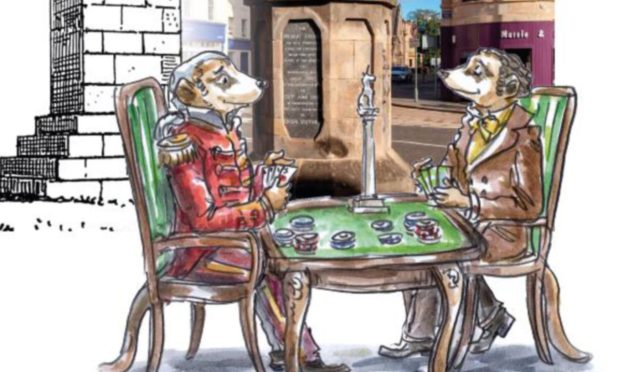
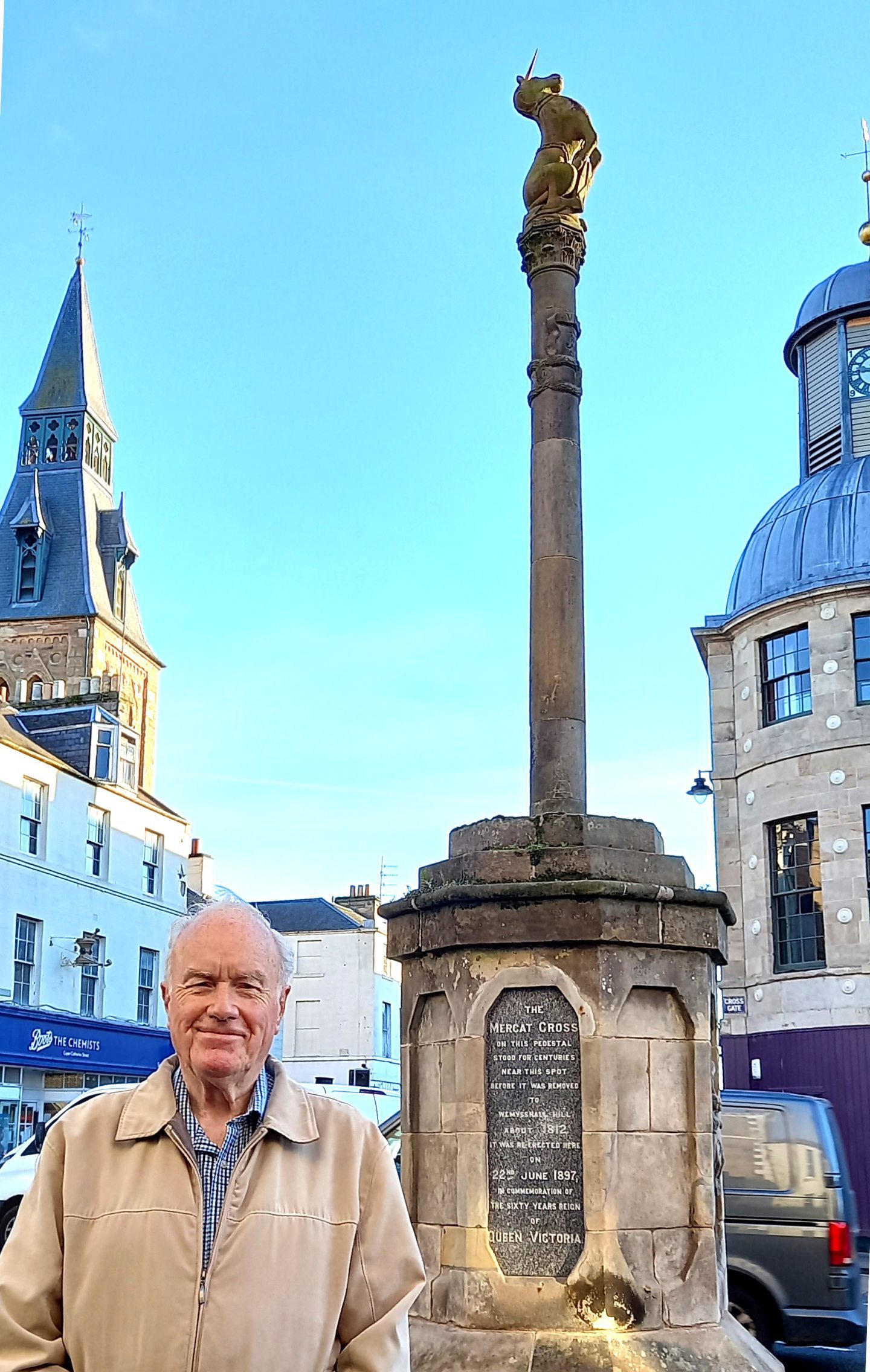
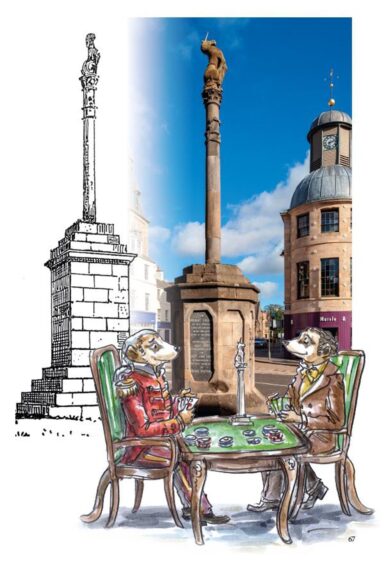
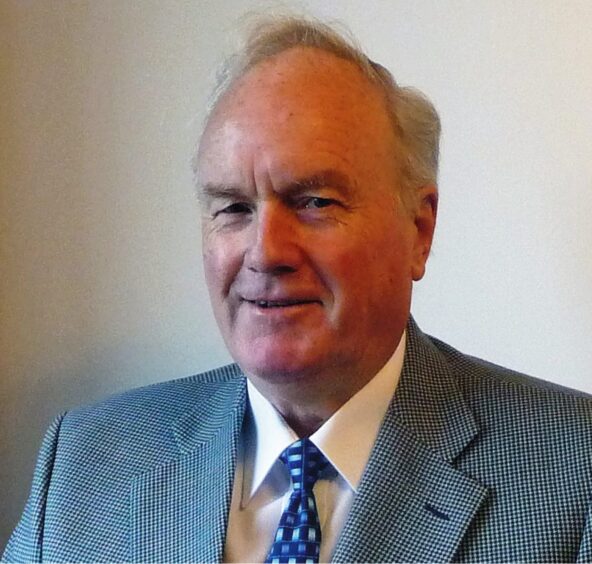
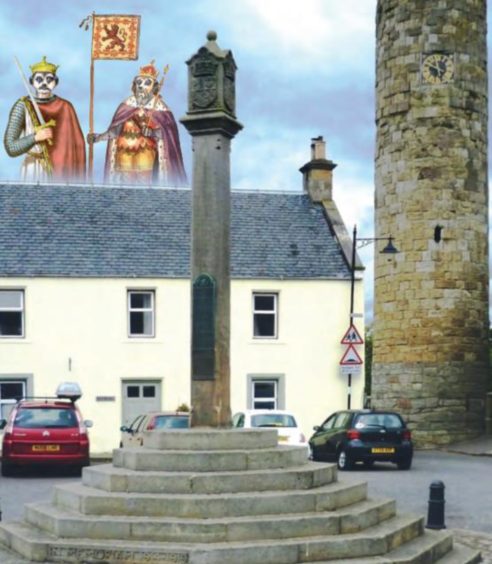
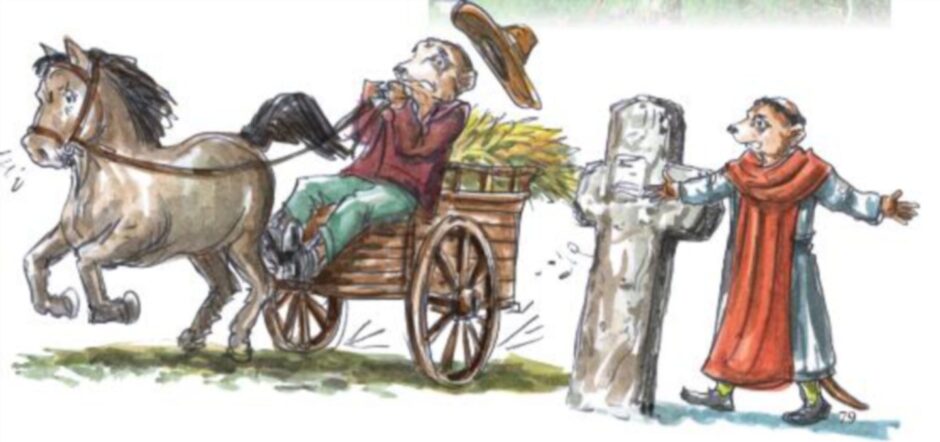
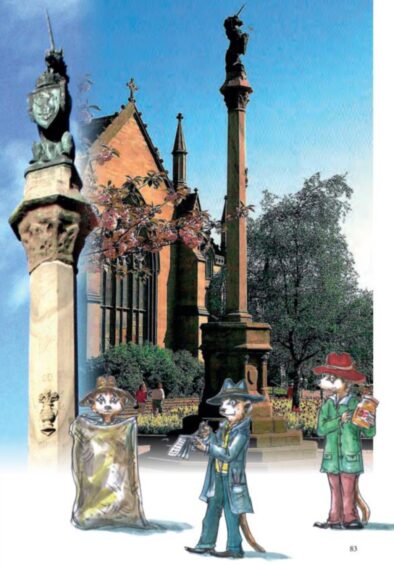










Conversation